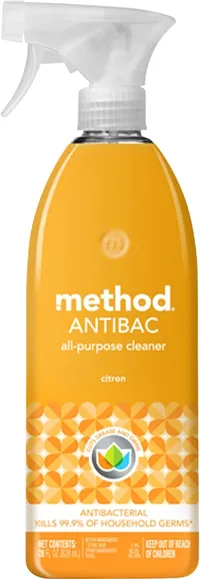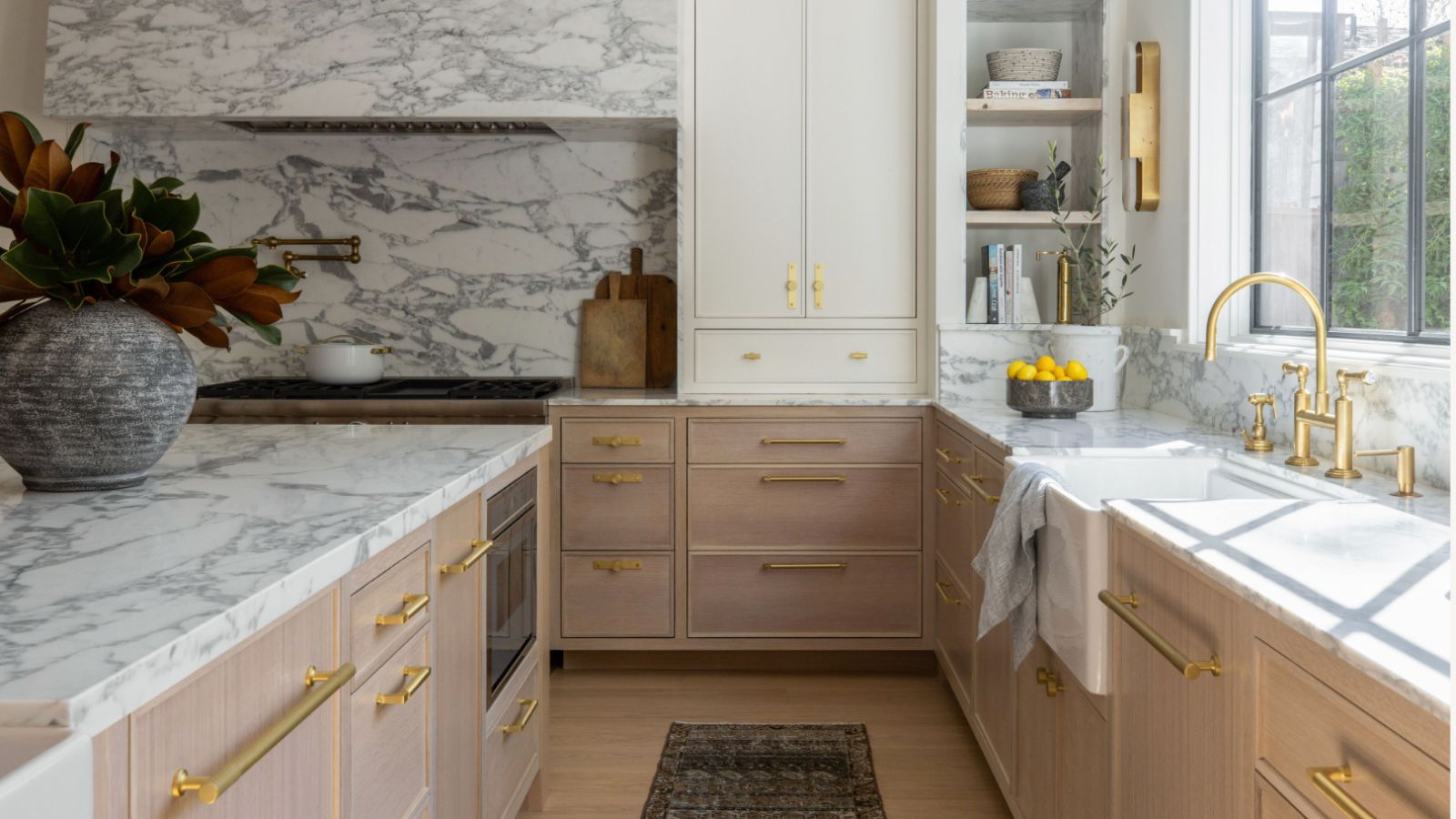
Cleaning our homes is something most of us do regularly to keep our living spaces as hygienic and as healthy as possible. But it’s important to note that not all cleaning is necessarily good cleaning. In fact, given the amount of chemicals and potentially harmful substances involved in cleaning, doing the wrong thing can sometimes be as bad as not cleaning at all.
We know what you’re thinking; surely there’s no 'wrong' way to clean, is there? Well, according to the experts – while there are plenty of cleaning tips you should be following – there are also mistakes you should be taking extra care to avoid during your cleaning routine, as they can potentially be a hazard to your health.
So, what bad cleaning habits could unintentionally make you sick? From common errors during the deep clean to areas that aren't addressed enough, you should avoid these mistakes to ensure you don't make yourself unwell.
Cleaning mistakes that could be making you sick
Certain cleaning errors are bound to happen from time to time, but most of the cleaning mistakes that can make you sick result from using products incorrectly or not cleaning certain areas regularly enough – especially spots with which we come into regular contact.
So, to help you take care of your health, here are the cleaning mistakes you’ll want to avoid that could potentially damage you and your loved ones:
1. Not ventilating the area you’re cleaning properly
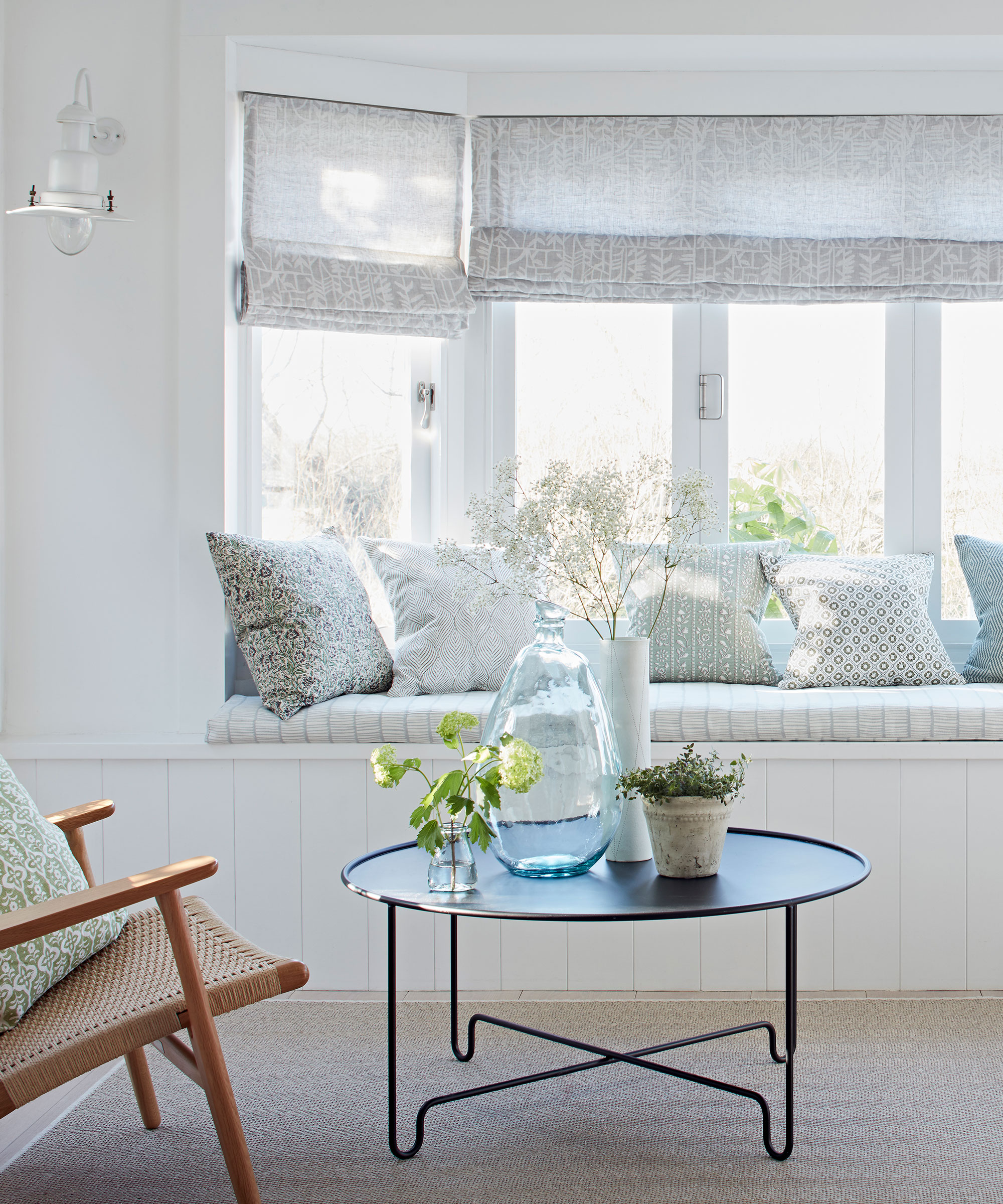
'Proper ventilation is key to cleaning your home in a way that’s safe for everyone living there,' explains Kelly Salas, Owner of Sierra Vista Maintenance. 'But it's something that can easily be forgotten about, especially if you're cleaning your home quickly and don't have much time to spare.'
However, he warns that ignoring this step is dangerous: 'A common mistake I see is the neglect of proper ventilation while cleaning, especially in confined spaces like bathrooms,' he says.
Design expertise in your inbox – from inspiring decorating ideas and beautiful celebrity homes to practical gardening advice and shopping round-ups.
'Without adequate airflow, fumes from cleaning agents can concentrate, exacerbating potential health risks. But there’s an easy way to address this; simply ensure windows are open or exhaust fans are running to circulate fresh air.'
2. Mixing certain cleaning chemicals
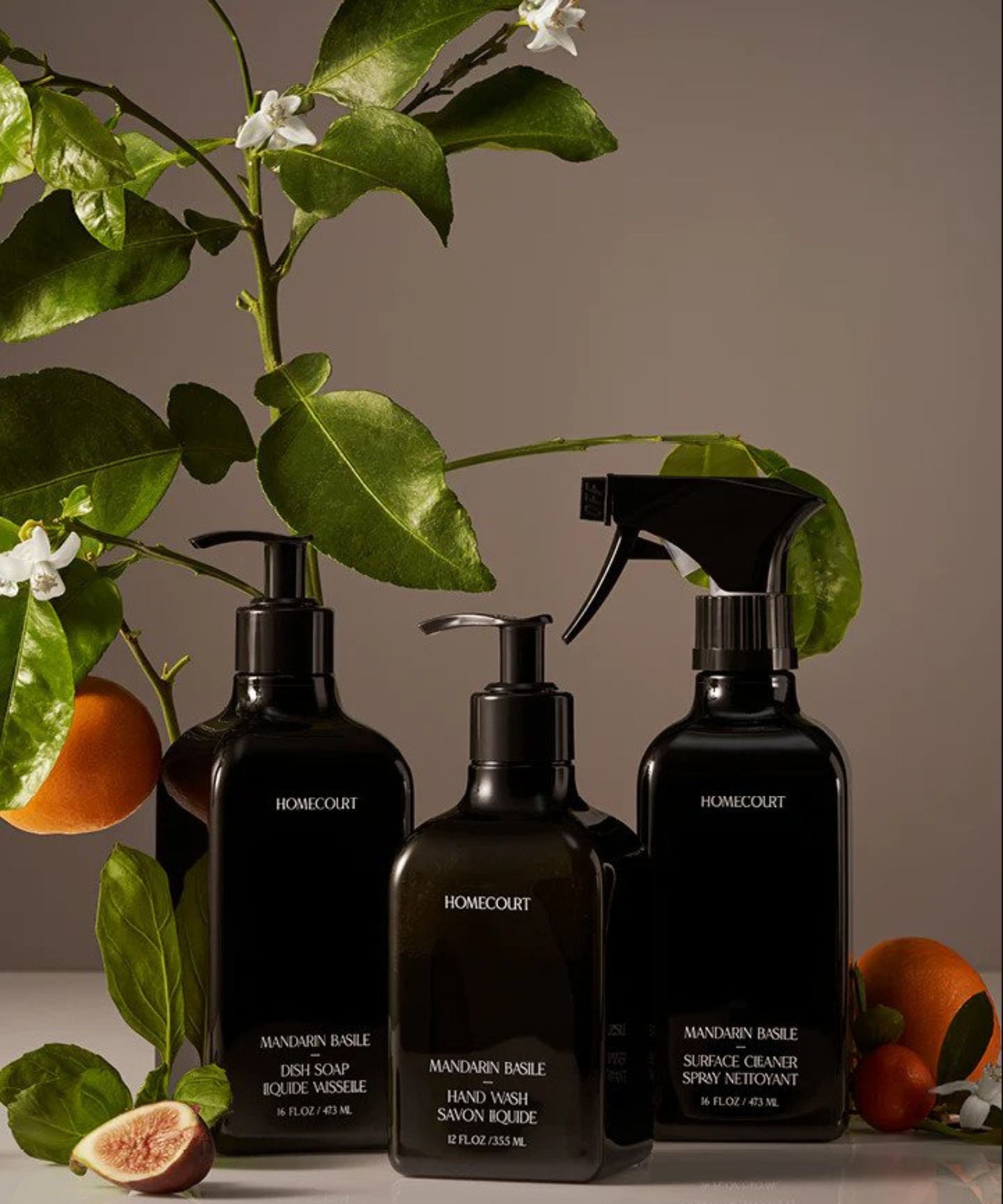
You might have an understanding of this mistake already, but cleaning expert Katie Lambert, owner of Clean Queen Denver, reiterates that mixing certain cleaning chemicals is one of the worst things you can do for your health; in fact, it can even be deadly.
'Cleaning can be a dangerous job, especially when harsh chemicals like bleach and ammonia are needed to get the job done,' she explains. 'So it's worth remembering that you should never mix bleach with ammonia, as this will create a dangerous chemical reaction. If this ever happens, quickly ventilate the area, safely leave the toxic vicinity, and call 911 for help.'
Dan Dillon, cleaning expert and Founder and Chairman of CleanItSupply.com, advises that cleaning products should only be used one at a time. He warns, 'Never mix cleaning products unless the label specifically states it's safe to do so.'
If you ever find yourself in this situation unexpectedly, one of the first signs of danger you should look out for is a feeling of nausea or illness generally. 'If you experience any discomfort or signs of nausea while cleaning with bleach, ammonia, or any cleaning product, immediately stop what you are doing, ventilate the area, and safely leave the room,' Katie says. 'Nausea is just the beginning of something worse; no cleaning product should be causing you that much discomfort.'

Katie Lambert is a cleaning expert and owner of Clean Queen Denver. She has been an independent cleaning expert for over 15 years, starting with working at her older sibling's cleaning service, before setting up her own company. She has now been running Clean Queen Denver for over 10 years.
3. Not cleaning regularly-used areas enough

Most of us try to stick to some sort of achievable cleaning schedule, but understandably, this can sometimes fall to the wayside when we get busy with work, family, or other commitments. However, neglecting certain areas of the home for too long, such as your kitchen or your bathroom, can eventually have a negative impact on your health.
Katie Lambert explains: 'A common mistake I see that can affect your health is not cleaning certain area of the home enough. Places like the kitchen counters, bathroom surfaces, and floors should be cleaned and disinfected regularly to prevent the spread of bacteria and germs. These areas are used often and are susceptible to nauseating organisms.'
'For example, bathroom surfaces used frequently by anyone, like toilets, sinks, and showers, should be cleaned daily. Kitchen counters should be cleaned daily or even multiple times a day, especially after food is made, and especially if any raw products were used like meats and seafood.'
Another area that Katie warns is often neglected – to the detriment of our health – is the garbage disposal. 'You might start to smell that constant undertone of mold that you just cannot find the source of, and you may be coughing and sneezing when you do dishes. The culprit is usually your garbage disposal!'
Thankfully, there is an easy fix for cleaning this. 'Run cold water and grind up ice cubes or citrus peels once a week to help clean the garbage disposal out properly and make that moldy smell disappear,' Katie suggests.
4. Not diluting cleaning products correctly
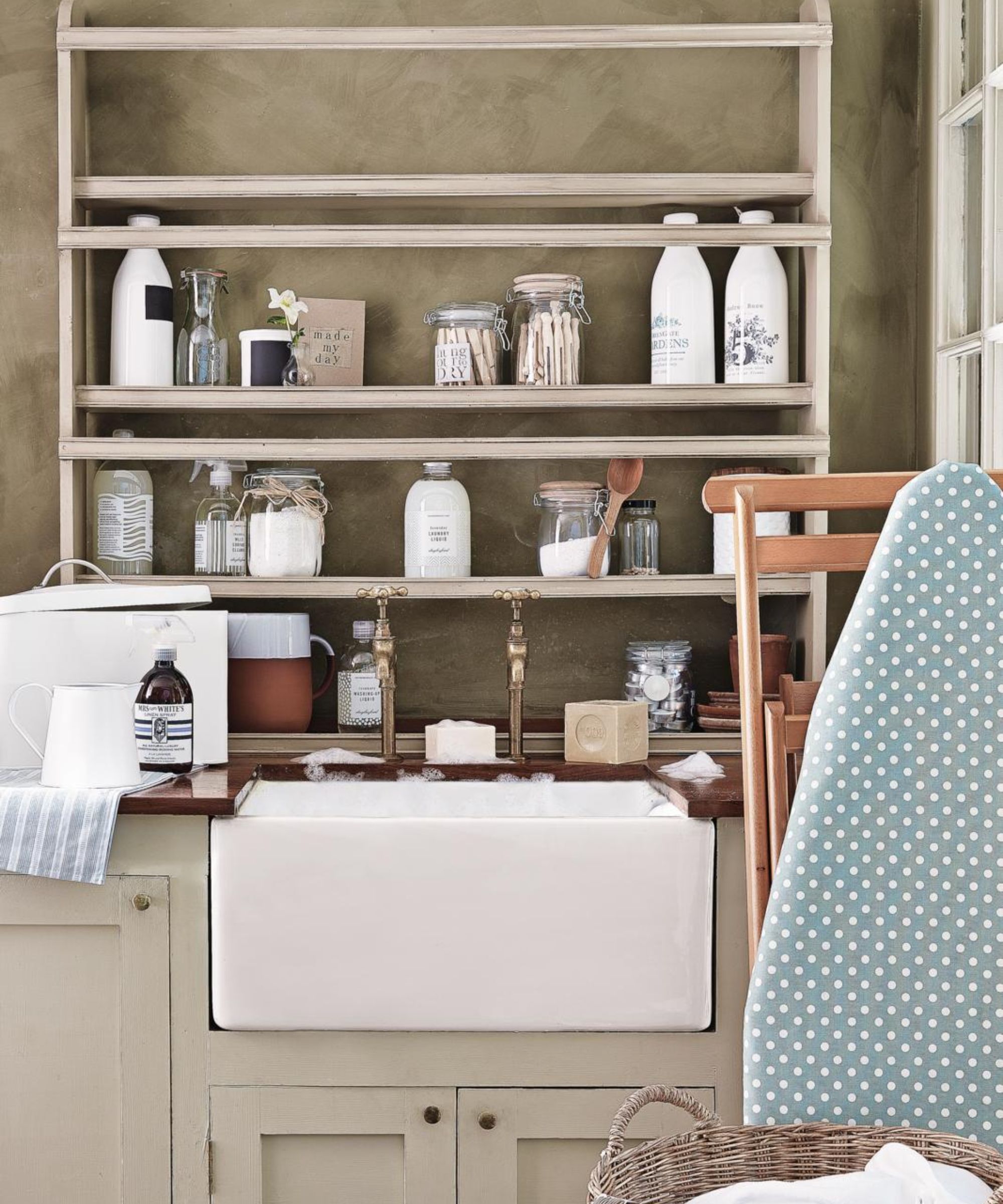
Some cleaning products need a little dilution in the form of water to ensure they are safe to use in our homes. Dan Dillon explains that ignoring this for certain products is a cleaning mistake he sees regularly and could be aggravating your health:
‘A common mistake I often see is people not following manufacturer instructions for the concentration of cleaning solutions,’ he says. 'This can lead to solutions being too strong or even too weak.
'But if a solution is too concentrated, it can leave behind residues that can irritate the skin, eyes, or respiratory system, especially in individuals with allergies or sensitivities.'
To ensure you avoid this cleaning mistake, take a minute to clue yourself in on the item you're cleaning with before you dive in. 'Always ensure you're following the recommended dilution ratios on the product label,' Dan says. 'If there's any confusion, contact the manufacturer or check their website for clear guidance.'

Dan Dillon started his cleaning career at the age of 10 in his family's cleaning service. He is now the founder and chairman of CleanItSupply.com, a company known for extensive janitorial and cleaning supplies. Known as 'Danny D' on YouTube, he is also passionate about empowering customers about cleaning through informative videos.
5. Cross-contamination of cloths and sponges
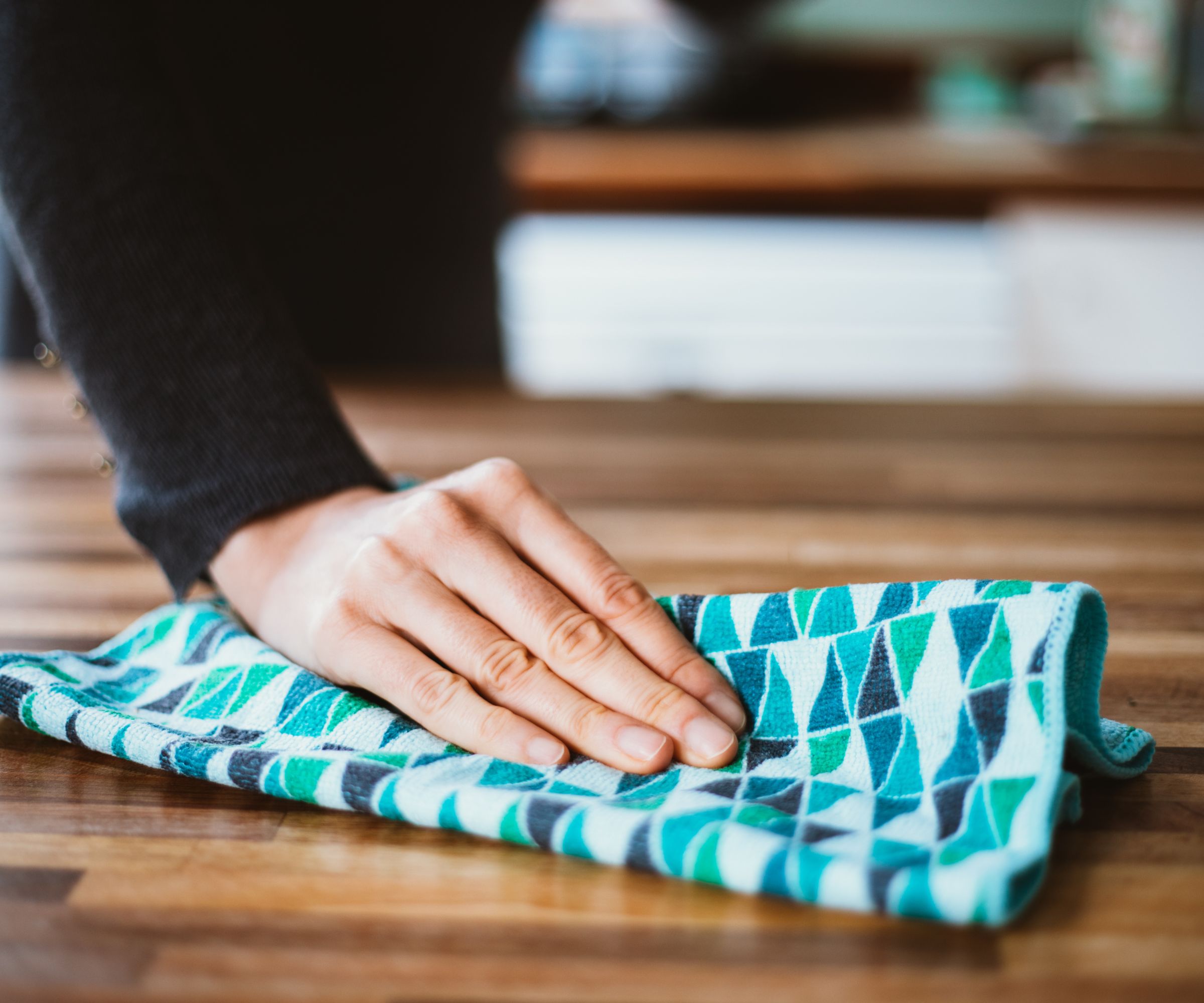
Microfiber clothes and sponges are essential cleaning tools, whether you're organizing your home and dusting in the process or planning a big deep clean.
But perhaps one of the simplest cleaning mistakes you should avoid is using the same sponges in different areas of your home, a habit that could produce unpleasant results. Dan Dillon explains: 'Using the same cloths or sponges for multiple areas, such as the kitchen and bathroom, can spread bacteria and germs.'
And it makes a lot of sense; using the same sponge for wiping down your kitchen worktops, where you prepare food, as you do your bathroom shower, where you wash yourself, is bound to be unsanitary.
'Instead, use separate, color-coded cloths for different areas to prevent cross-contamination,' Dan advises.
6. Overlooking underrated germ hotspots
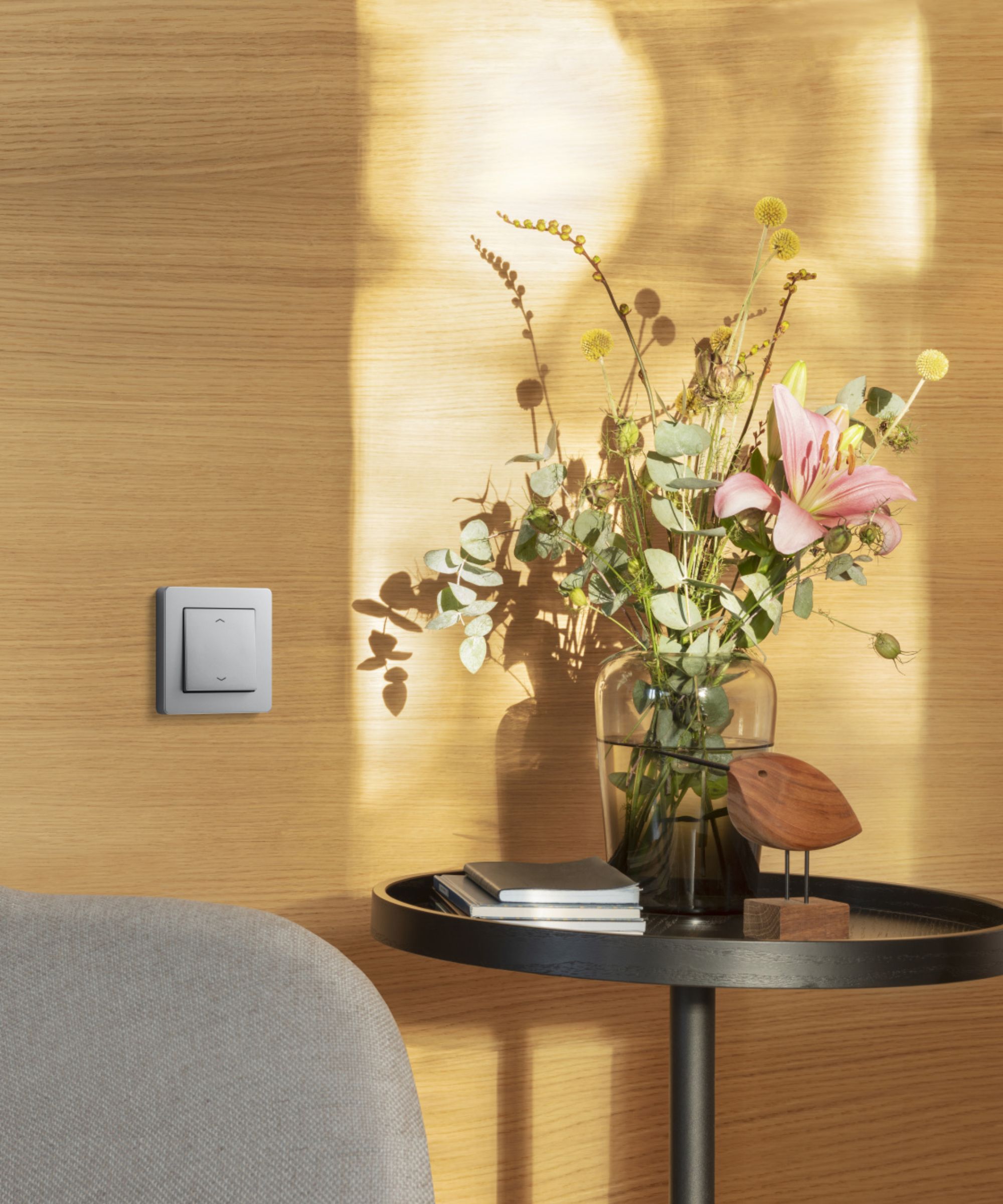
One of the biggest cleaning mistakes that could have a potential knock-on effect for your health, is failing to address some of the biggest hotspots for germs in the home.
'Many people forget to disinfect things like doorknobs, light switches, or appliance handles, and these places can often harbor germs and bacteria that could make you sick,' Dan Dillon explains.
'Germs tend to congregate on frequently touched surfaces like light switches and doorknobs due to the number of different people touching them throughout the day,' he explains. 'Studies suggest that a doorknob can easily host between 1,000 to 10,000 bacteria per square inch, so missing them during cleaning routines is problematic because they can become transmission points for illness-causing pathogens.'
So be sure to address these during your routine; all these areas need is a weekly wipe-over with a microfiber cloth and some disinfectant spray to keep them sanitary. Dan also advises 'creating a cleaning checklist to ensure all high-contact surfaces are regularly disinfected' and that you don't miss any important spots.
Method Citrus Multi-Purpose Spray | View at Walmart
Method cleaning sprays are strongly scented and kill 99.9% of household germs, including influenza, rhinovirus, escherichia coli, enterobacter aerogenes and salmonella enterica.
7. Using too much product
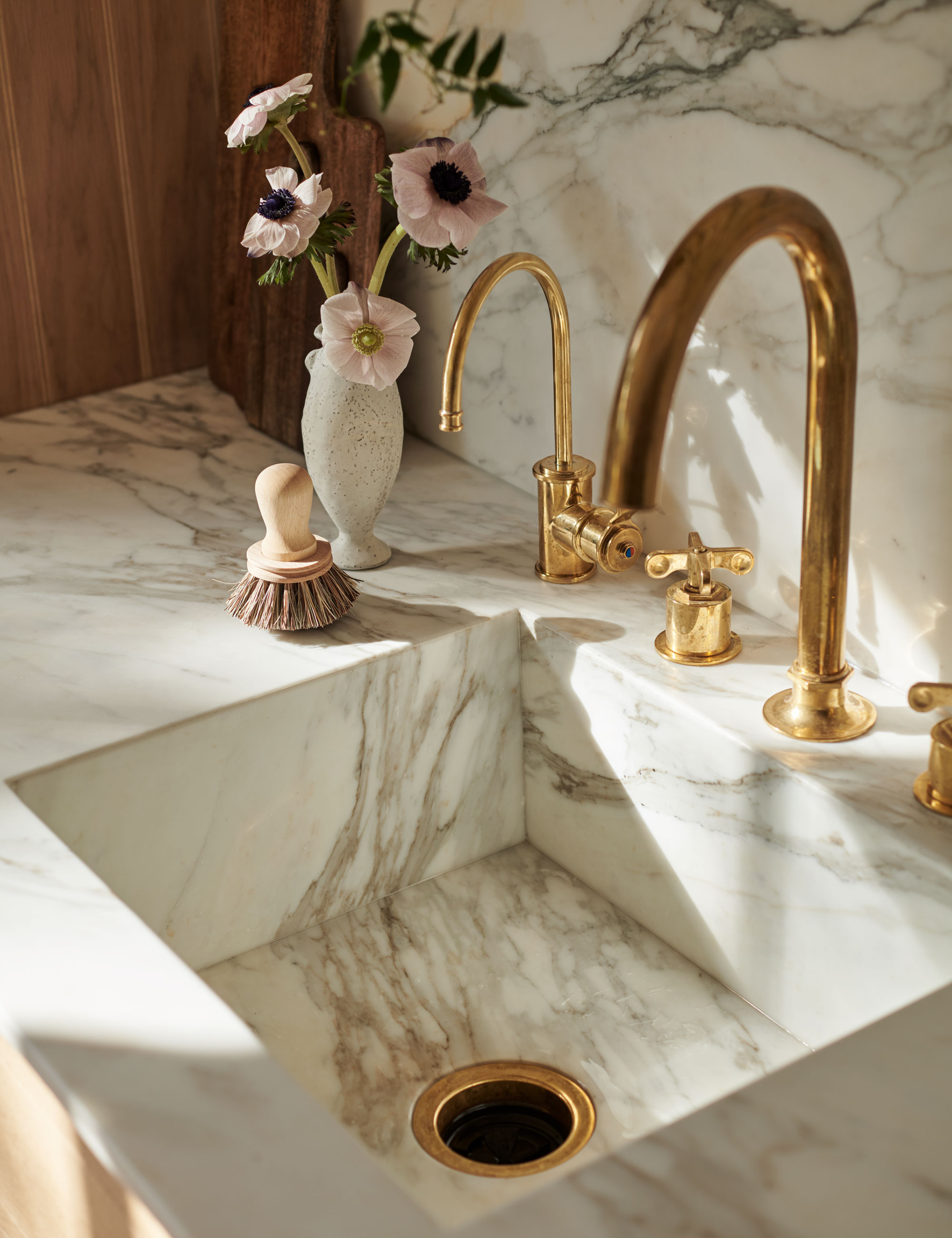
It might feel like piling huge amounts of your favorite cleaning product onto a surface is the best way to get them squeaky clean and ultra-sanitary, but Dan Dillon warns that this could be counterproductive for your health and well-being:
'Using too much product can create a build-up that not only attracts dust, which could further irritate respiratory issues, but can also lead to unnecessary exposure to chemicals,' he says.
One common example he often sees is the overuse of furniture polish. Dan explains, 'When used excessively, it can create a sticky residue that attracts more dust. Another example is floor cleaning products; layers can build up over time, attracting more dirt.'
Instead, he explains the importance of trusting that smaller amounts will do the job. 'Follow the "less is more" principle with cleaning products instead – use only what's needed.'
7. Neglecting your air filters

Katie cautions against regularly ignoring your air filters – be it the filters in your air purifier or your HVAC system – given how much they can affect your and your family’s health if they are dirty, dusty, or even moldy.
'We often forget home air filters because they usually don’t raise any kind of alarm; they don’t smell, and sometimes you can’t even see them. We start to get accustomed to the air we breathe, and if your air filters are dirty, you might not even understand why you are getting sick,' Katie says.
However, it’s important to clean your filters regularly and replace them often to prevent dirty air from circulating in your home, which could cause respiratory issues.
Katie explains, 'It’s best to follow what the filter manufacturer recommends on how and when to change out a home’s air filter, and it helps to add this date to any calendar you follow to help you remember.'
FAQs
Can cleaning cause nausea?
Nausea or feeling unwell should not occur during cleaning. It isn’t normal and is likely the result of an incorrect process or using chemical cleaners that are too harsh.
'Cleaning products causing nausea typically occurs if the products contain volatile organic compounds (VOCs) or other harsh chemicals,' cleaning expert Dan Dillon, says. 'If someone experiences these symptoms, they should get fresh air immediately and reduce exposure by using protective equipment or switching to less toxic products. If symptoms persist, it's advisable to seek medical advice as it could indicate a concerning reaction to the chemicals used.'
Certain DIY cleaning solutions can be a great alternative to chemical-based products. Popular natural cleaning products like white vinegar, lemon, and baking soda can be incredibly effective and don't have any of the potentially harmful effects of chemical cleaning agents.
Amy Hunt is a freelance lifestyle writer and editor primarily covering homes and interiors, wellness, travel and careers. She was previously Lifestyle Editor at woman&home, commissioning and editing the homes, books and features sections of the website,
In 2019, she won the AOP Digital Journalist of the Year Award, for her work on womanandhome.com. Having worked in the industry for over eight years, she has contributed to a range of publications including Ideal Home, Livingetc, T3,Goodto, Woman, Woman’s Own, and Red magazine.
